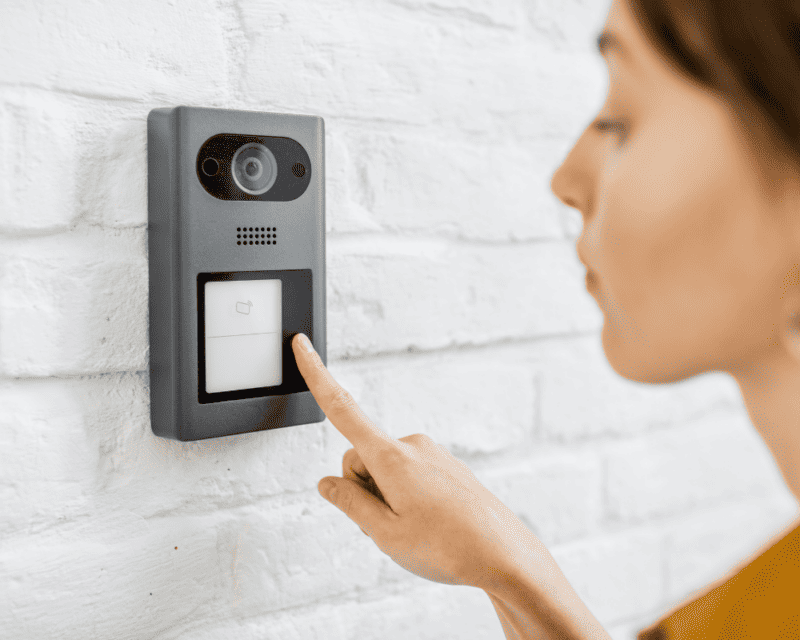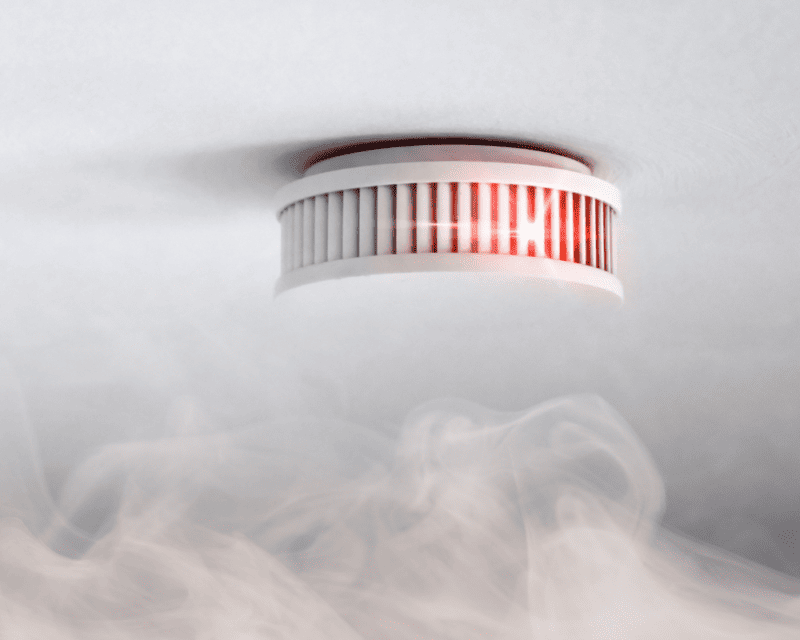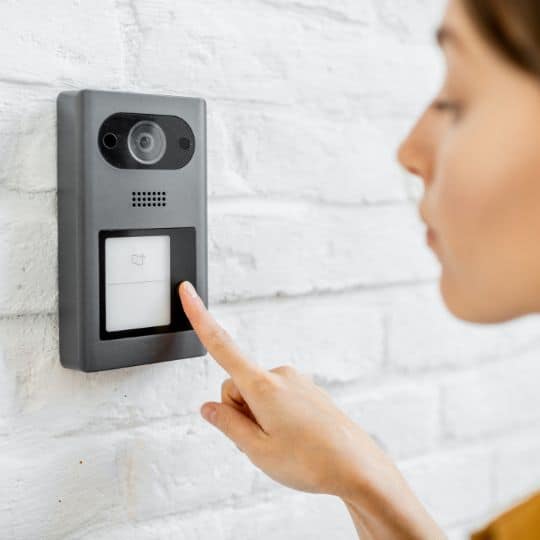Creating a safe haven within your home involves a combination of preventive measures, awareness, and a nurturing environment. Here are key considerations to help ensure your home is a sanctuary of safety and well-being for your family:
1. Secure Entrances

Start by fortifying the entry points to your home. Invest in sturdy locks for doors and windows, and consider installing deadbolts for added security. Reinforce entry doors with solid cores, and if possible, upgrade to smart locks that offer advanced access control. A well-secured home provides a foundational layer of protection against potential intruders.
2. Emergency Preparedness
Develop a comprehensive emergency plan tailored to your home and family. Conduct regular drills so that every family member knows what to do in case of a fire, earthquake, or other emergencies. Ensure easy access to emergency supplies, including first aid kits, flashlights, batteries, and non-perishable food. Knowledge and preparation are key elements in transforming your home into a safe haven during unexpected situations.
3. Adequate Lighting
Maintain well-lit spaces both inside and outside your home. Adequate lighting reduces the risk of accidents and deters potential intruders. Install motion-activated lights near entrances and in key outdoor areas. Indoors combine ambient, task, and accent lighting to create a comfortable and safe environment. Illuminated spaces contribute to a sense of security and well-being.
4. Childproofing
If you have young children, invest time and effort in childproofing your home. Secure heavy furniture to prevent tipping, install safety gates at the top and bottom of stairs, and cover electrical outlets. Store hazardous substances out of reach, and keep small objects that could pose choking hazards away from young children. Creating a child-friendly environment promotes safety and peace of mind for parents.
5. Regular Maintenance
Frequently inspect and maintain your home to identify and address potential safety hazards. Check for leaks, faulty wiring, and other issues that could lead to accidents or damage, perhaps even drain unblocking that needs to occur. Keep walkways clear of obstacles, and repair or replace damaged flooring to prevent slips and falls. Proactive maintenance ensures that your home remains a secure and comfortable space.
6. Smart Home Technology
Embrace smart home technology to enhance the safety of your living spaces. Install smart security cameras, doorbell cameras, and alarm systems that allow you to monitor your home remotely. Smart thermostats and smoke detectors provide additional layers of safety and convenience. These technologies offer peace of mind and enable you to respond quickly to potential issues.
7. Fire Safety Measures

Implement fire safety measures to protect your home and loved ones. Install smoke detectors in key areas, check them regularly, and replace batteries as needed. Keep fire extinguishers in easily accessible locations, and ensure everyone in the family knows how to use them. Establish a fire escape plan with designated meeting points outside, and practice it regularly.
8. Open Communication
Foster an environment of open communication within your home. Encourage family members to share their concerns and observations. Establish clear guidelines for communication in case of emergencies and make sure everyone knows how to reach each other. A culture of open dialogue creates a supportive and secure atmosphere within your home.
In conclusion, transforming your home into a safe haven requires a holistic approach that addresses physical, environmental, and emotional aspects. By combining these strategies, you can create a secure and nurturing space where your family can thrive and feel protected.

